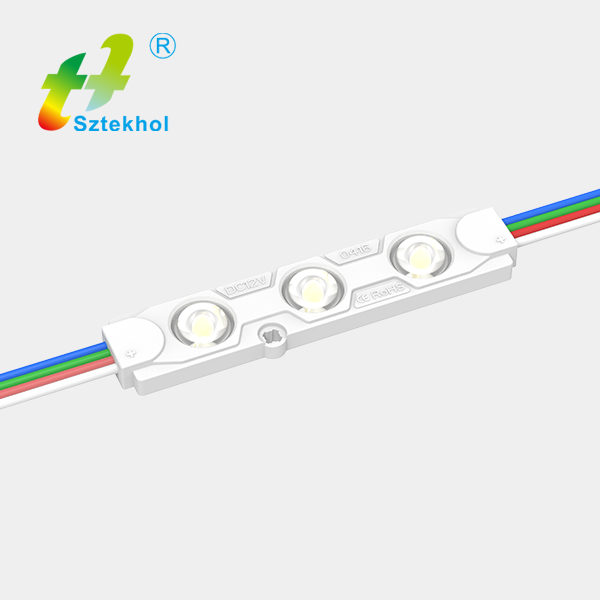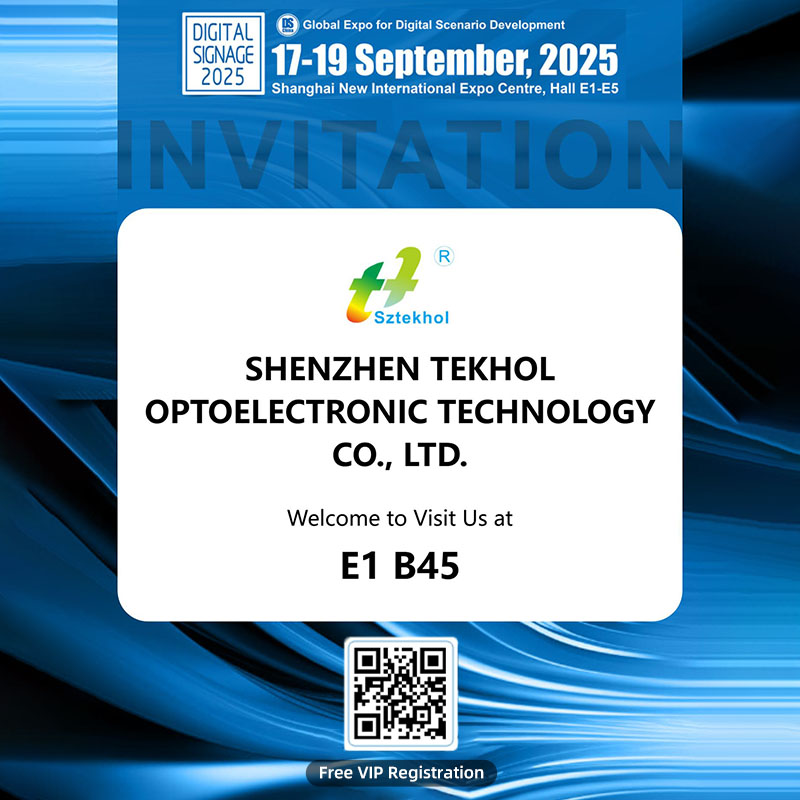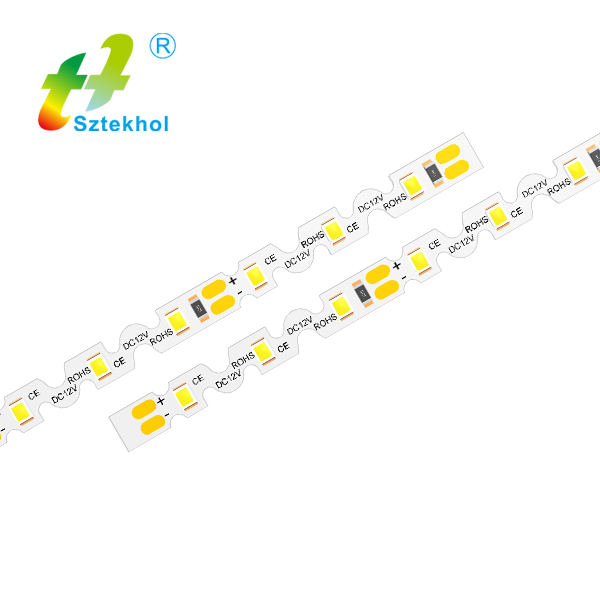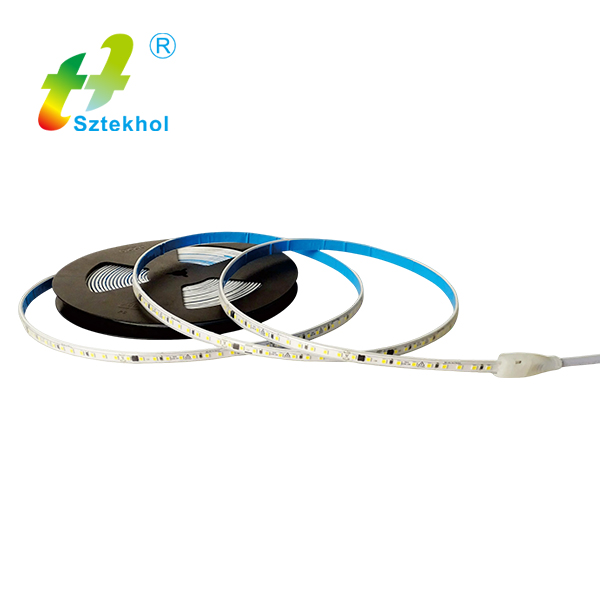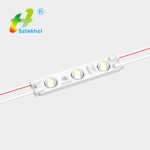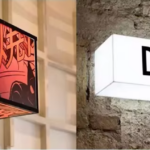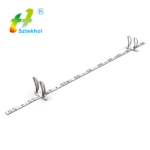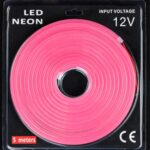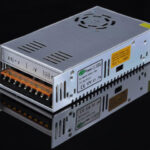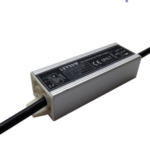The following specific aspects can be considered to select the most suitable LED backlight module:
1. Clarify the application scenarios and requirements
Indoor display screens: require high resolution, wide viewing angle and low power consumption. It is recommended to use side-entry LED backlight modules, which are thin and suitable for scenes with limited space.
Outdoor display screens: require high brightness, waterproof and dustproof (such as IP65 grade) and weather resistance. It is recommended to use direct-type LED backlight modules with a brightness of more than 8000nit to adapt to strong light environments.
Special applications (such as VR/AR): require high contrast, low power consumption and high resolution. Mini LED backlight modules can be considered to support multi-zone light control and HDR functions to enhance the visual experience.
2. Pay attention to key performance parameters
Brightness and contrast: Choose the appropriate brightness according to the use environment. Outdoor display screens require high brightness, while indoor display screens can be moderate. Contrast affects the layering of the picture. Products with high dynamic contrast should be selected.
Color gamut and color rendering index: The higher the color gamut coverage, the more accurate the color reproduction. The color rendering index (CRI) needs to be ≥90 to ensure the true reproduction of skin color and makeup.
Viewing angle and uniformity: The larger the viewing angle, the better the visual experience when multiple people watch. Uniformity needs to be verified through a nine-point test to ensure that the brightness difference between the center and the edge is controlled within a reasonable range.
Power consumption and heat dissipation: Low power consumption design can reduce long-term use costs. The heat dissipation solution needs to be reliable, such as the combination of aluminum substrate + heat sink + thermal conductive glue to ensure the life of the LED.
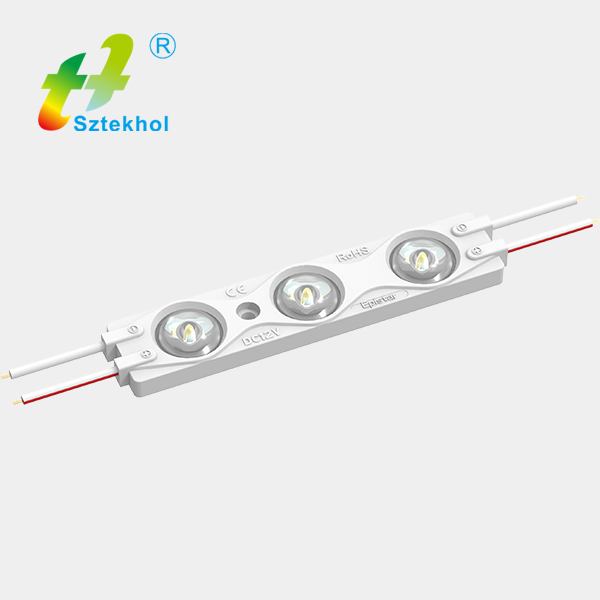
3. Evaluate product design and structure
Module structure: Side-entry modules are suitable for ultra-thin design, but light guide plates are required to improve uniformity; direct-type modules have high brightness but large thickness, which is suitable for scenes with high brightness requirements.
Driving circuit: High-voltage driving circuits can simplify wiring and improve current consistency. The driving chip needs to support PWM dimming and closed-loop control to ensure dynamic brightness adjustment.
4. Consider brand and after-sales service
Brand selection: Give priority to well-known brands, such as Taihe Optoelectronics, Samsung, LG, etc., with mature technology and reliable quality.
After-sales service: Pay attention to the warranty period and maintenance response time to ensure long-term worry-free use.
The following is a video related to the selection of LED backlight modules, which provides the basic concepts of backlights, mainstream technologies, installation methods, brightness indicators, and selection suggestions for different application scenarios.

